How to chop carrots and sweat onions
Kitchen masterclass: as part of our new collaboration with Leiths School of Food and Wine we are going back to basics. In the first of the series, we show you how to chop core root vegetables properly and learn how to sweat onions, which is the a ingredient to a large number of savoury dishes
Your support helps us to tell the story
From reproductive rights to climate change to Big Tech, The Independent is on the ground when the story is developing. Whether it's investigating the financials of Elon Musk's pro-Trump PAC or producing our latest documentary, 'The A Word', which shines a light on the American women fighting for reproductive rights, we know how important it is to parse out the facts from the messaging.
At such a critical moment in US history, we need reporters on the ground. Your donation allows us to keep sending journalists to speak to both sides of the story.
The Independent is trusted by Americans across the entire political spectrum. And unlike many other quality news outlets, we choose not to lock Americans out of our reporting and analysis with paywalls. We believe quality journalism should be available to everyone, paid for by those who can afford it.
Your support makes all the difference.Onions
Onions are included in many savoury dishes. Yellow onions are the most versatile; white and red onions are valued for their mildness. Shallots and spring onions, also called salad onions, are members of the onion family too. Shallots are valued for their mild, sweet flavour and are used whole in casseroles as well as sliced and chopped for all manner of dishes. Choose firm onions with a thin, papery skin. Photography: Peter Cassidy.
Preparing onions or shallots for slicing and dicing
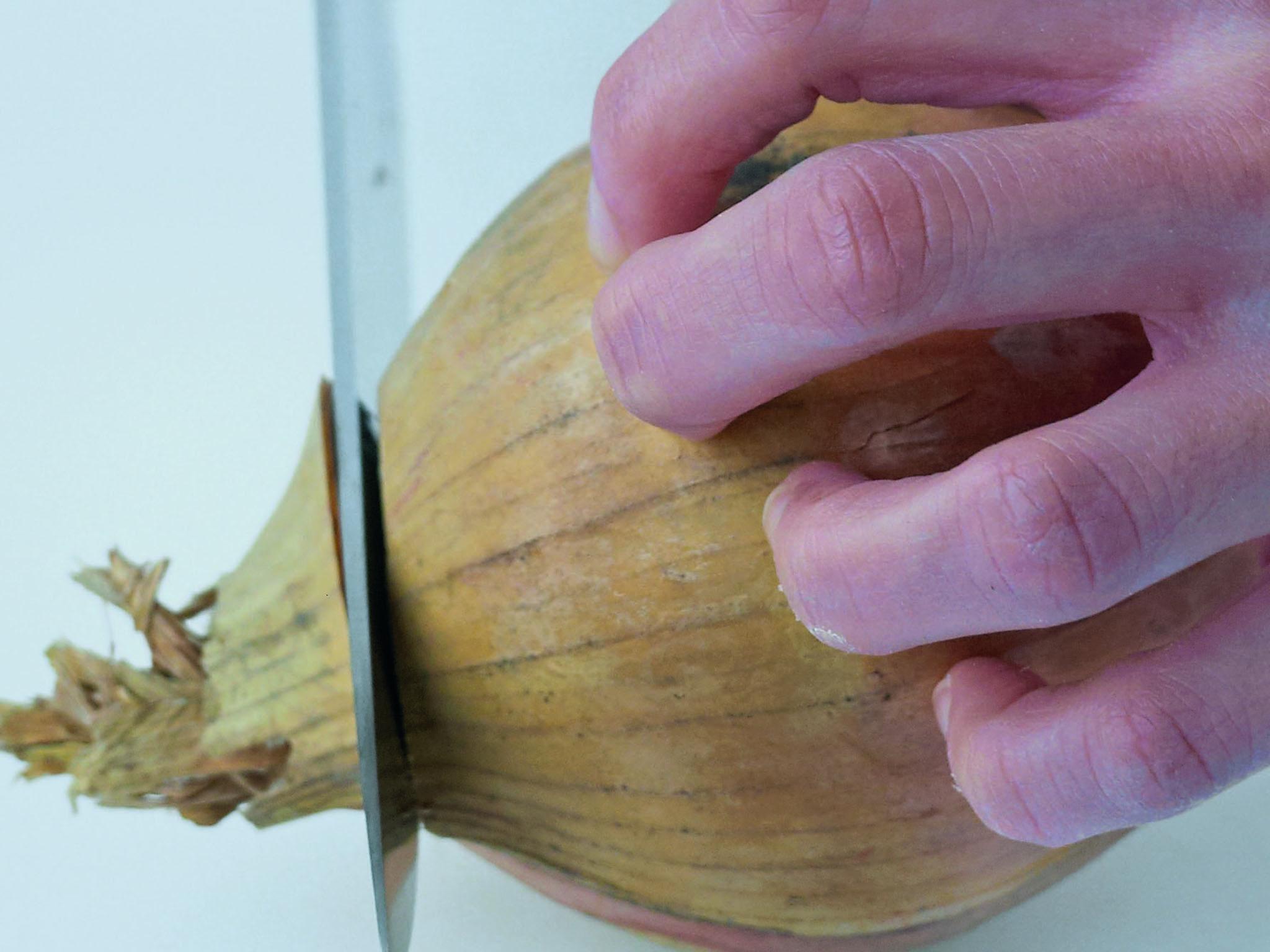
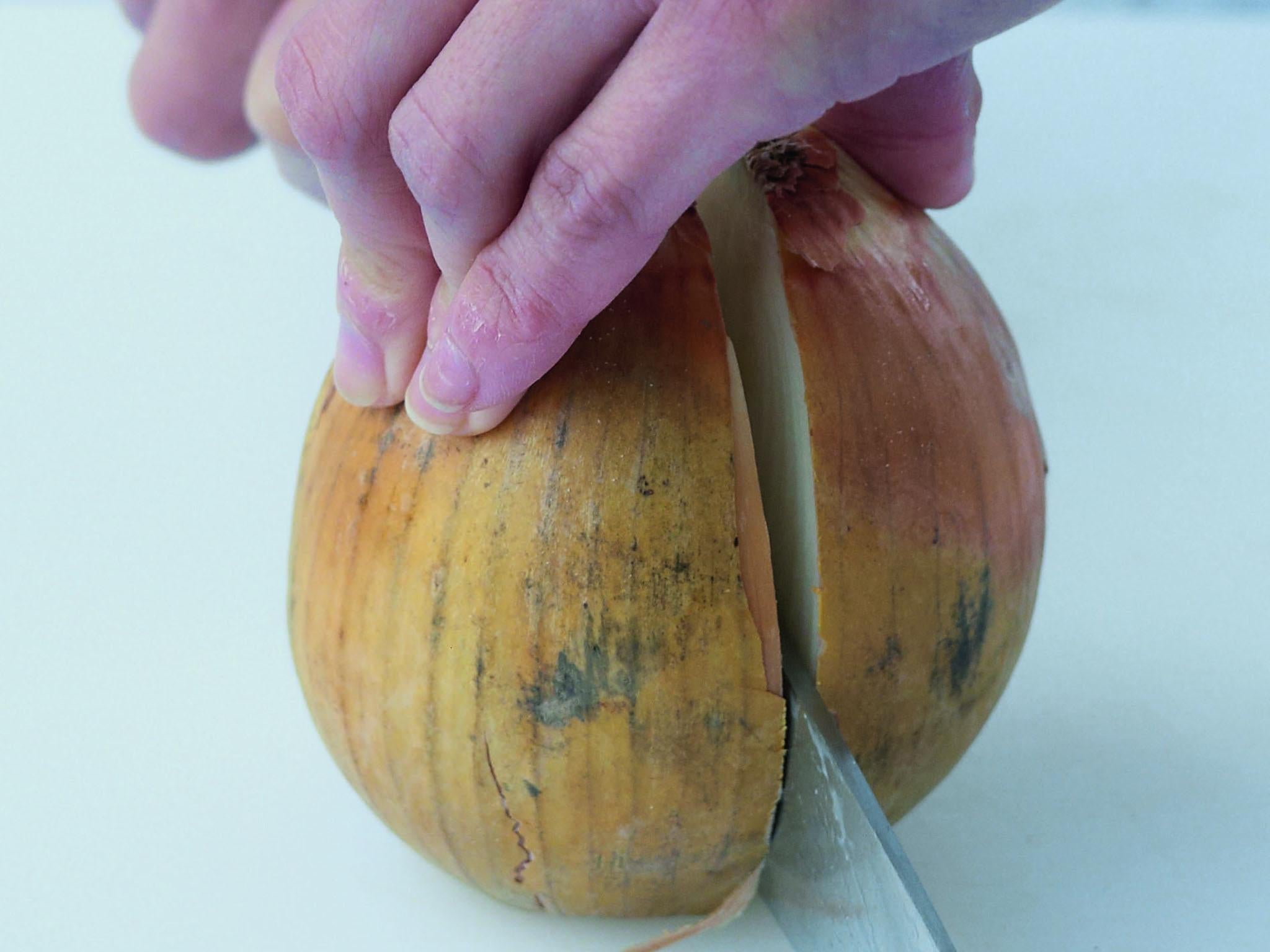
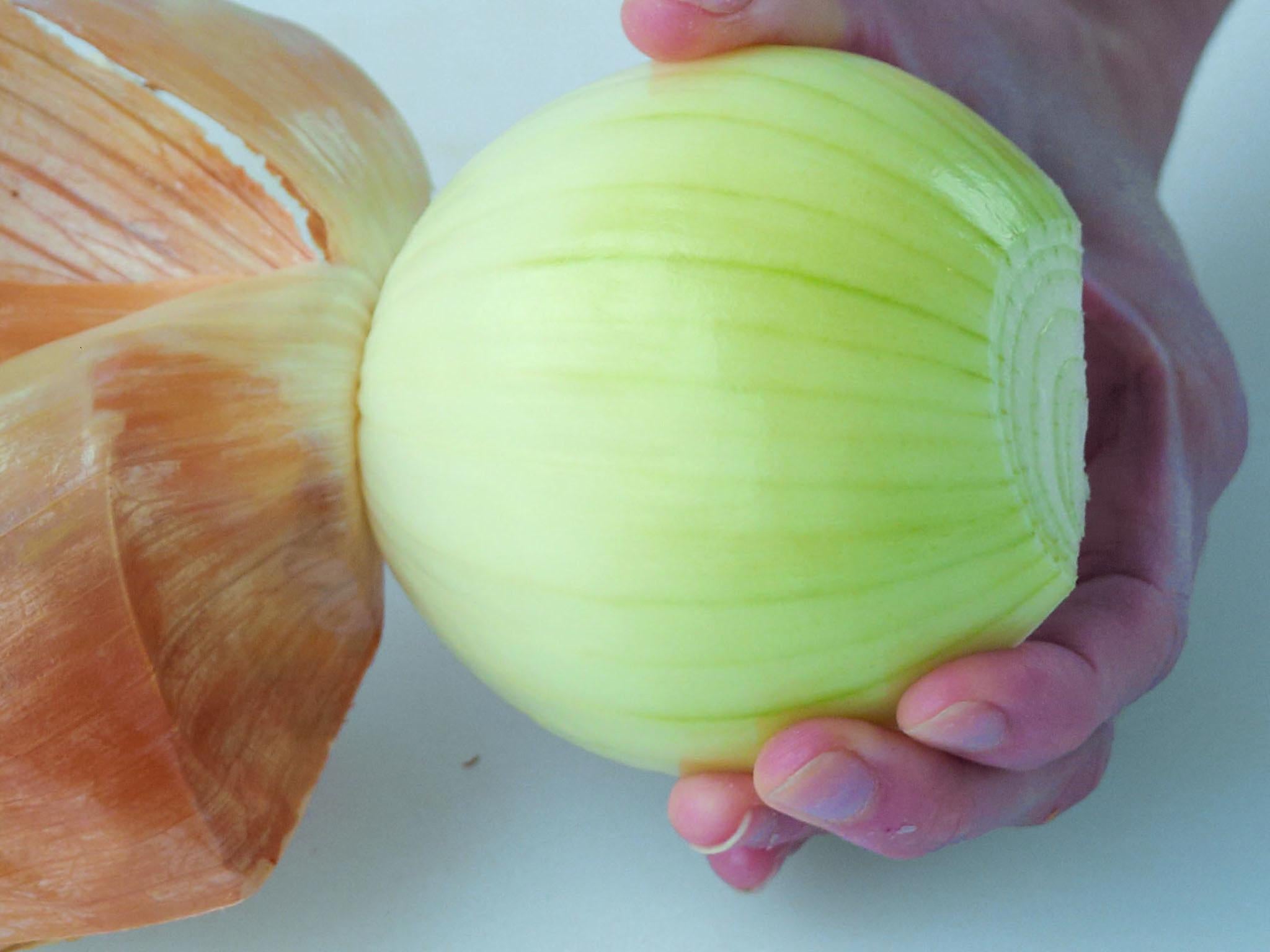
Slicing onions
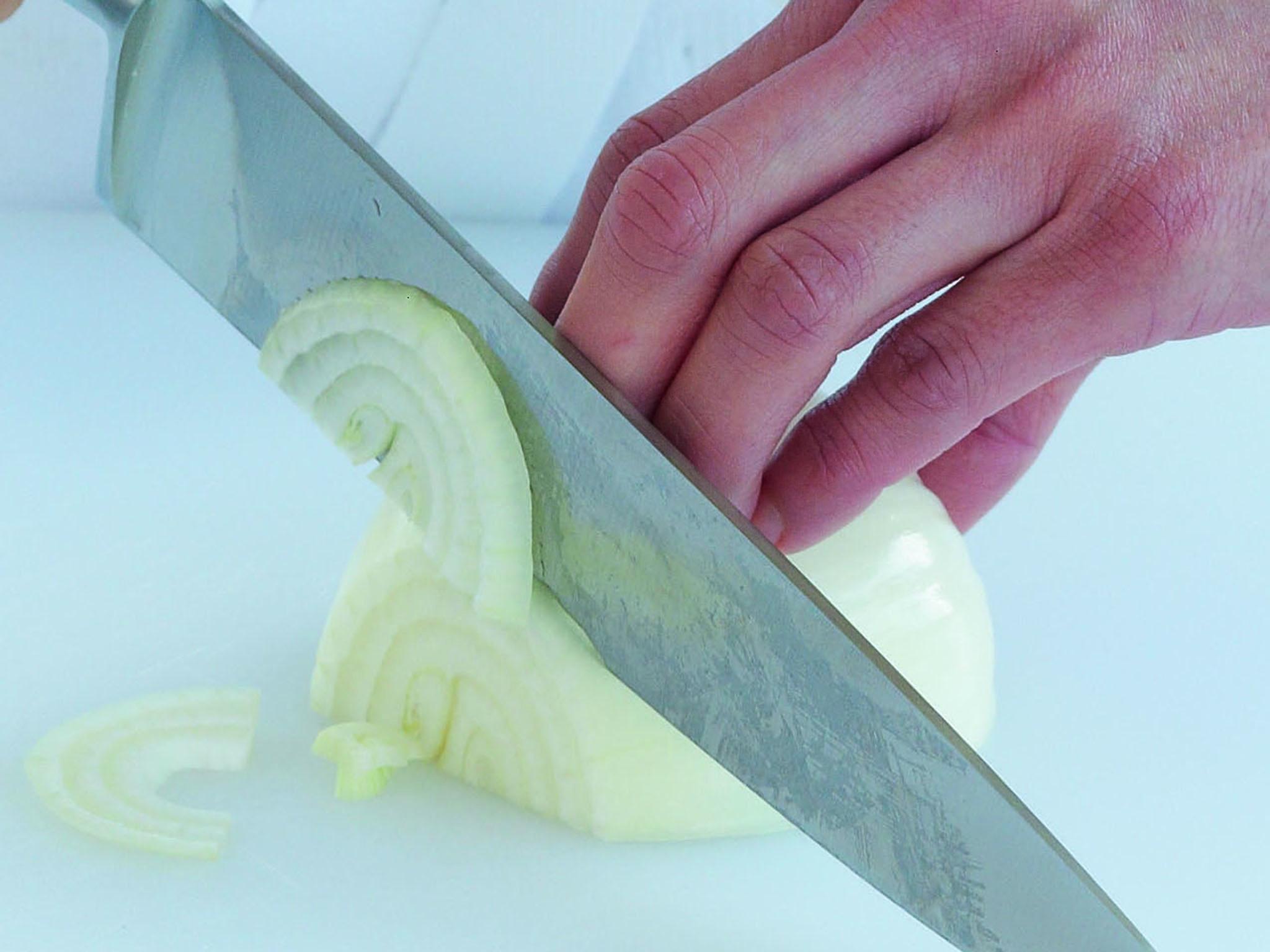
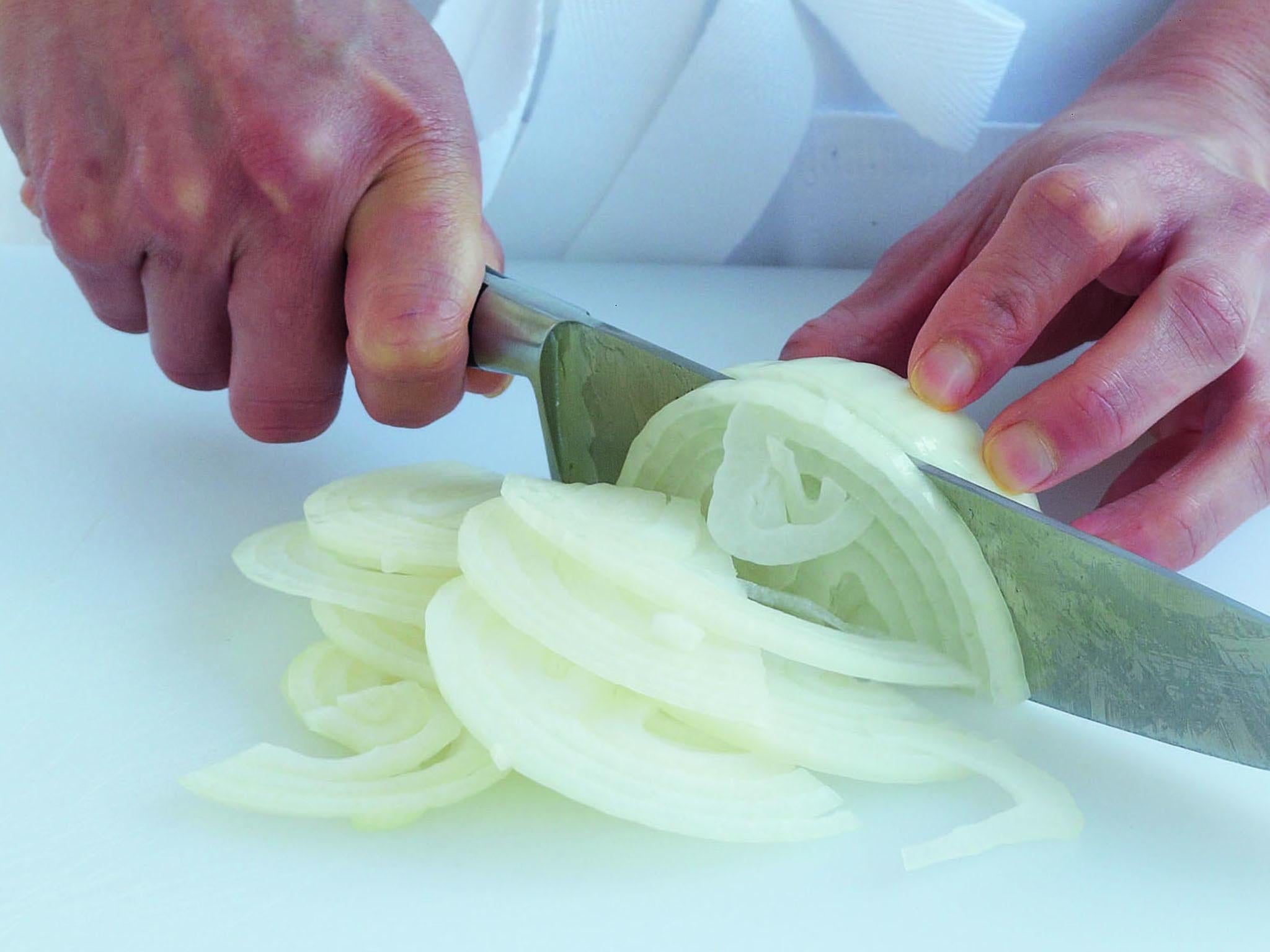
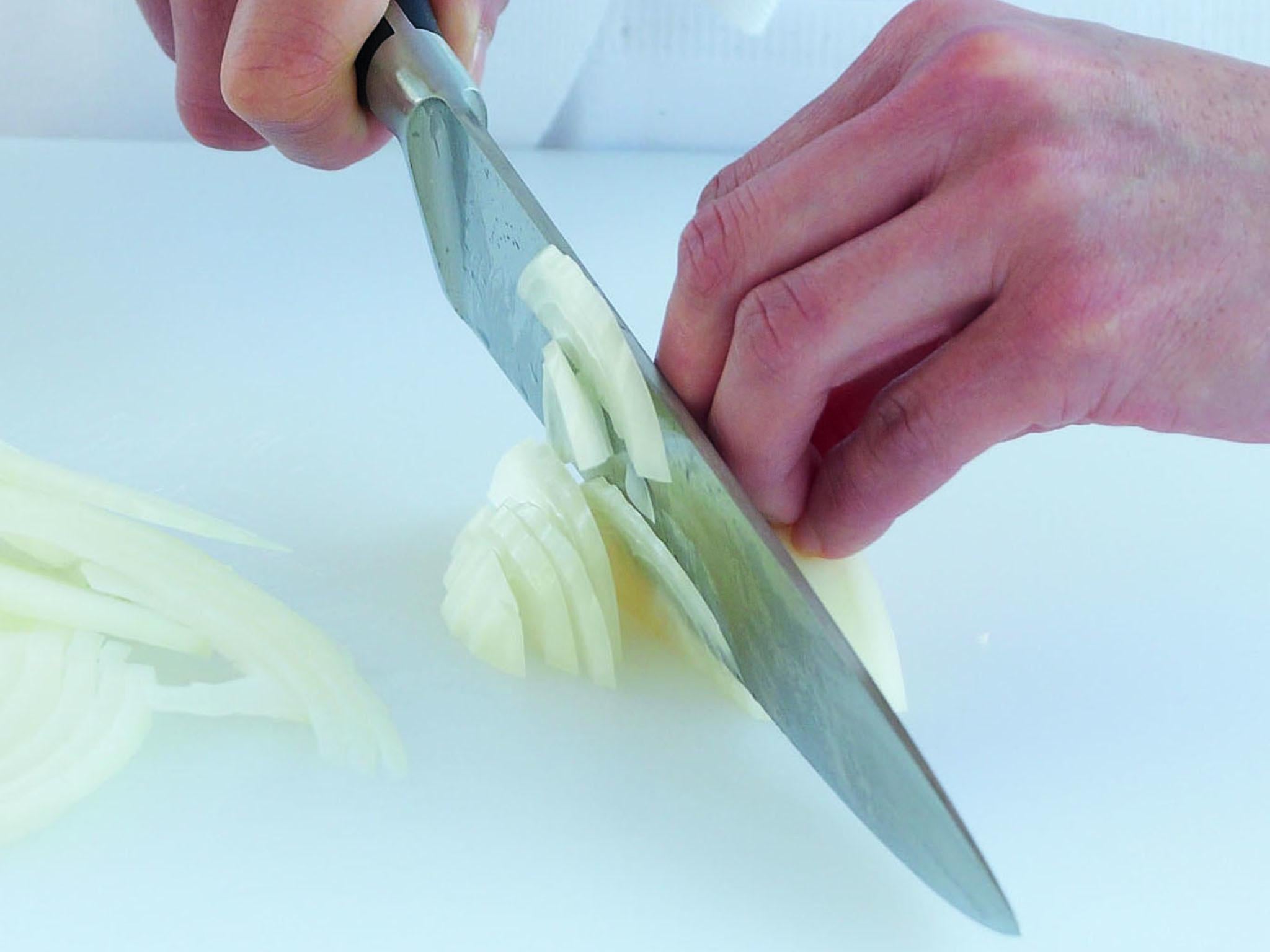
Dicing onions
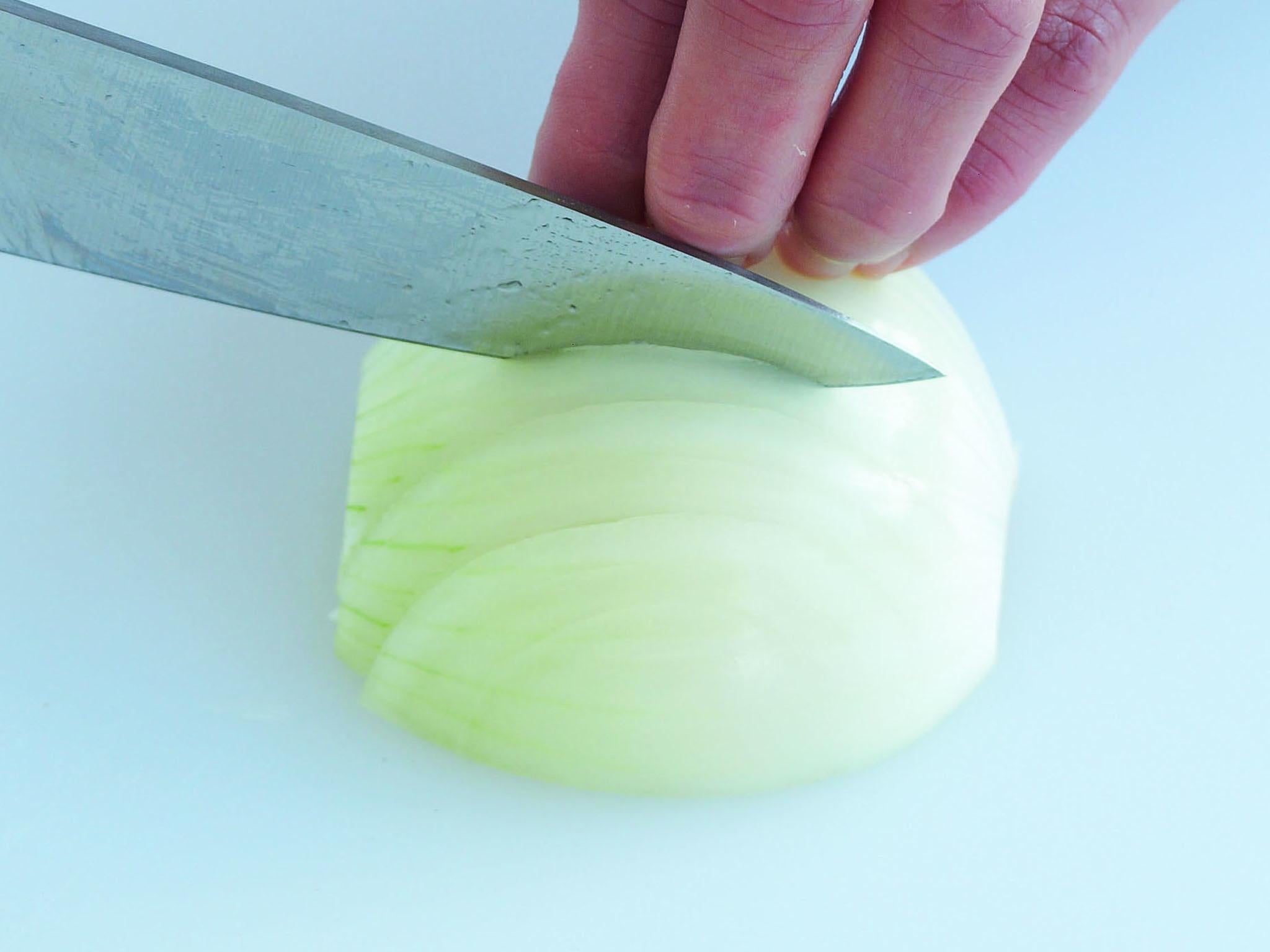
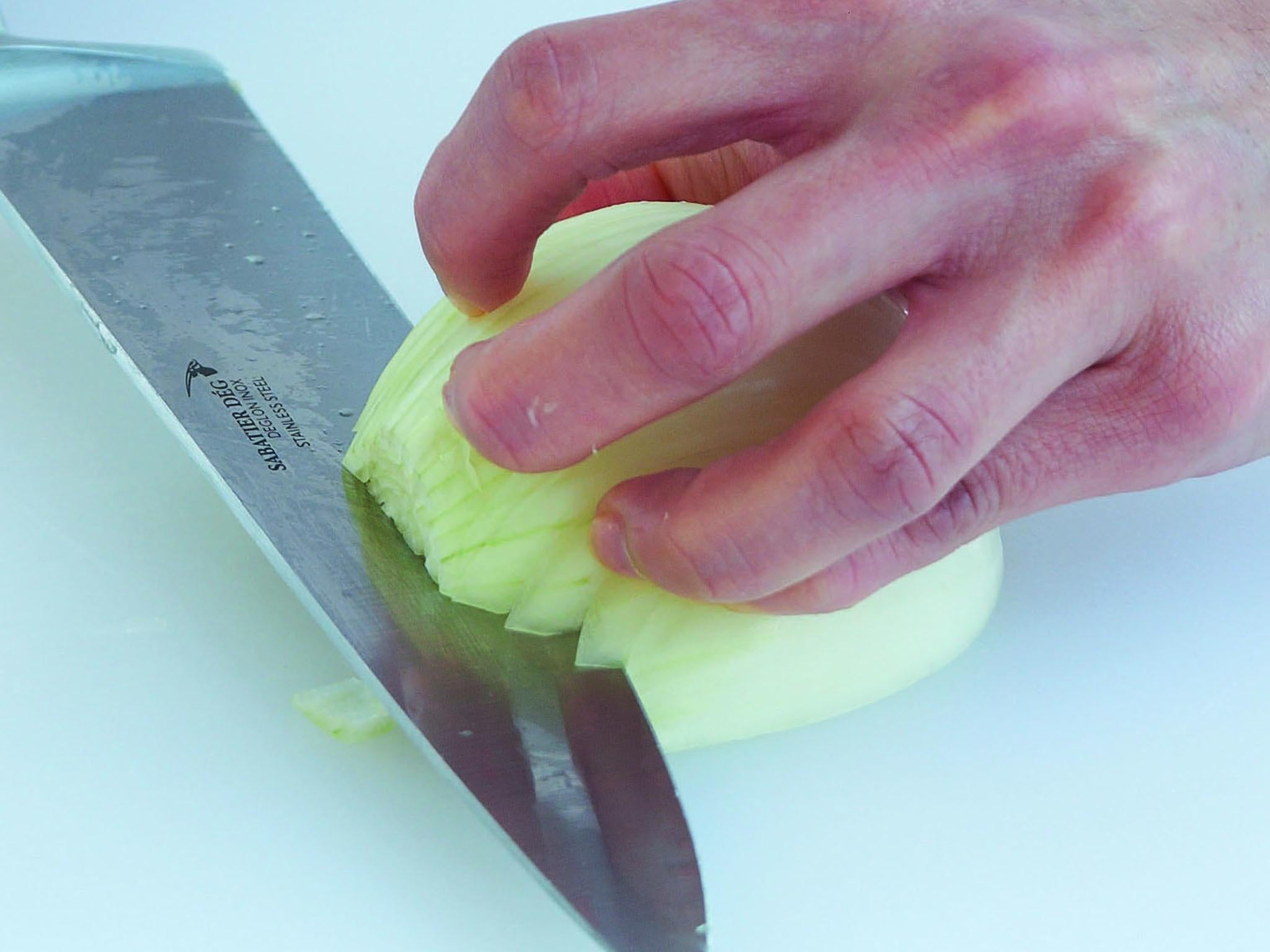
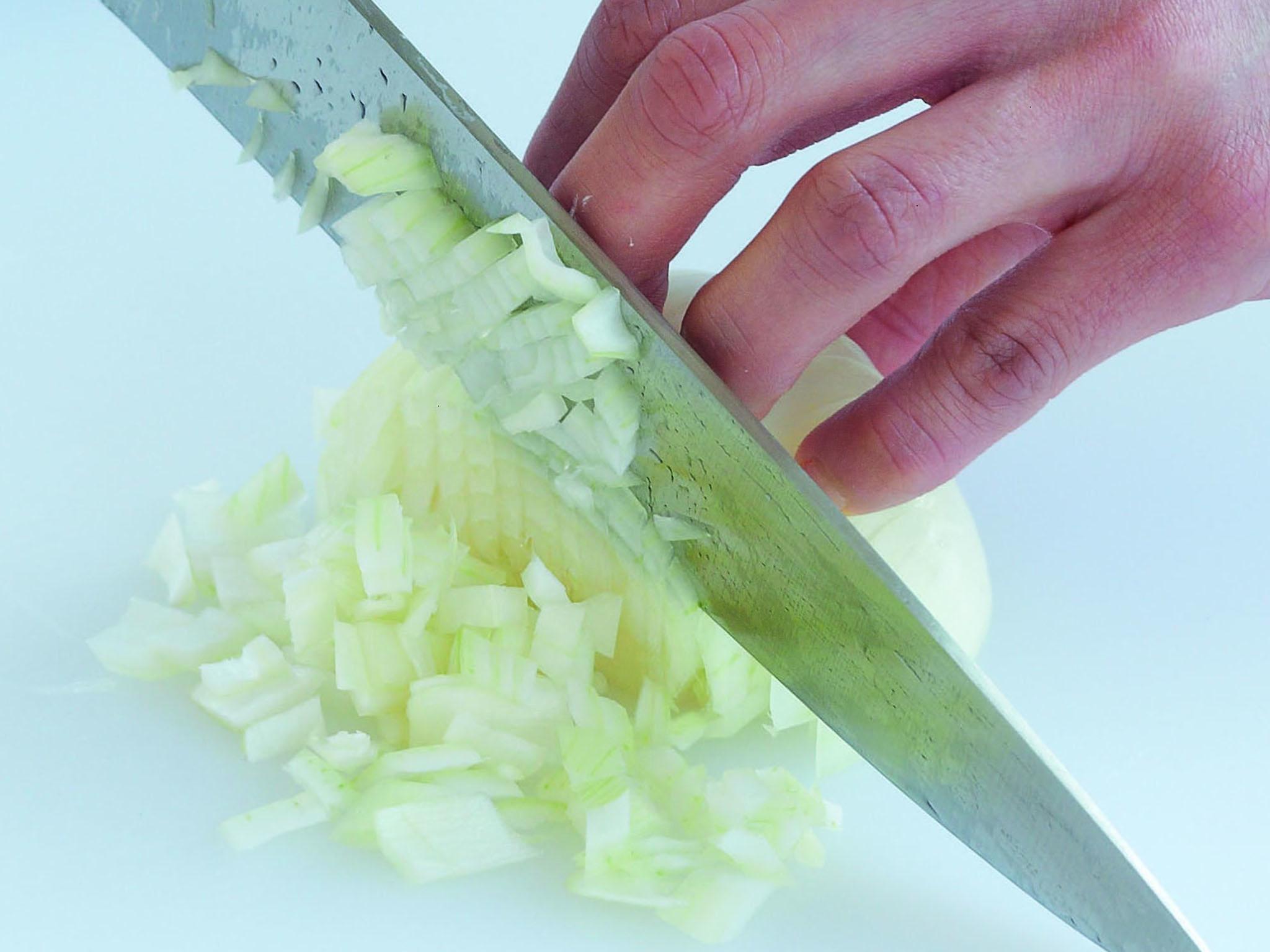
Cooking onions
When onions are used to flavour a dish, they are usually sweated – cooked gently in a little butter or oil. We lay a greaseproof paper “cartouche” on top of sweating onions to minimise evaporation. Similarly, we place one over braising vegetables and poaching fruit to keep them immersed in the liquid or fat. Dampening the cartouche helps to maintain a moist environment. Dry cartouches are used too, when baking pastry blind, for example.
Making a cartouche
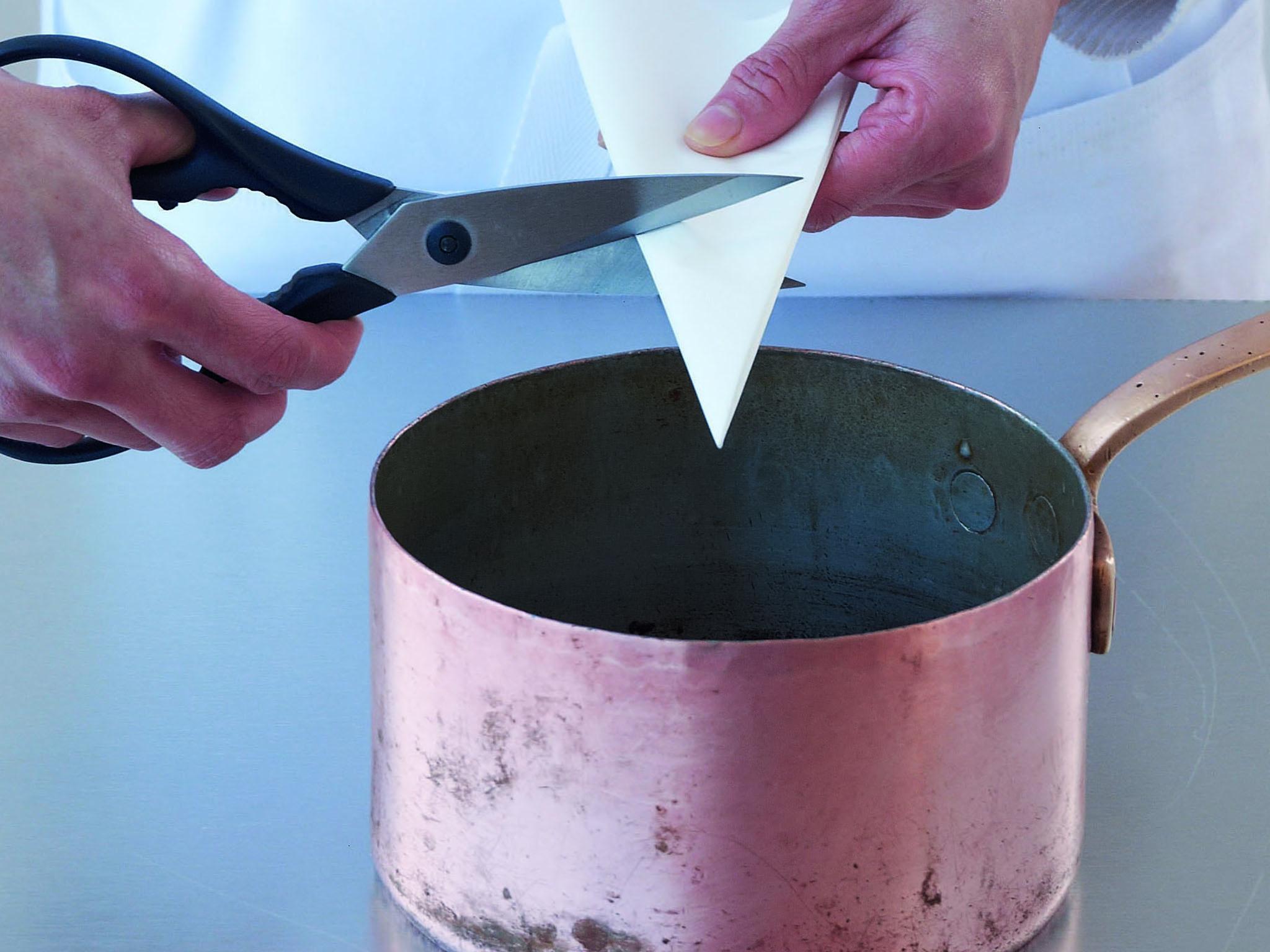
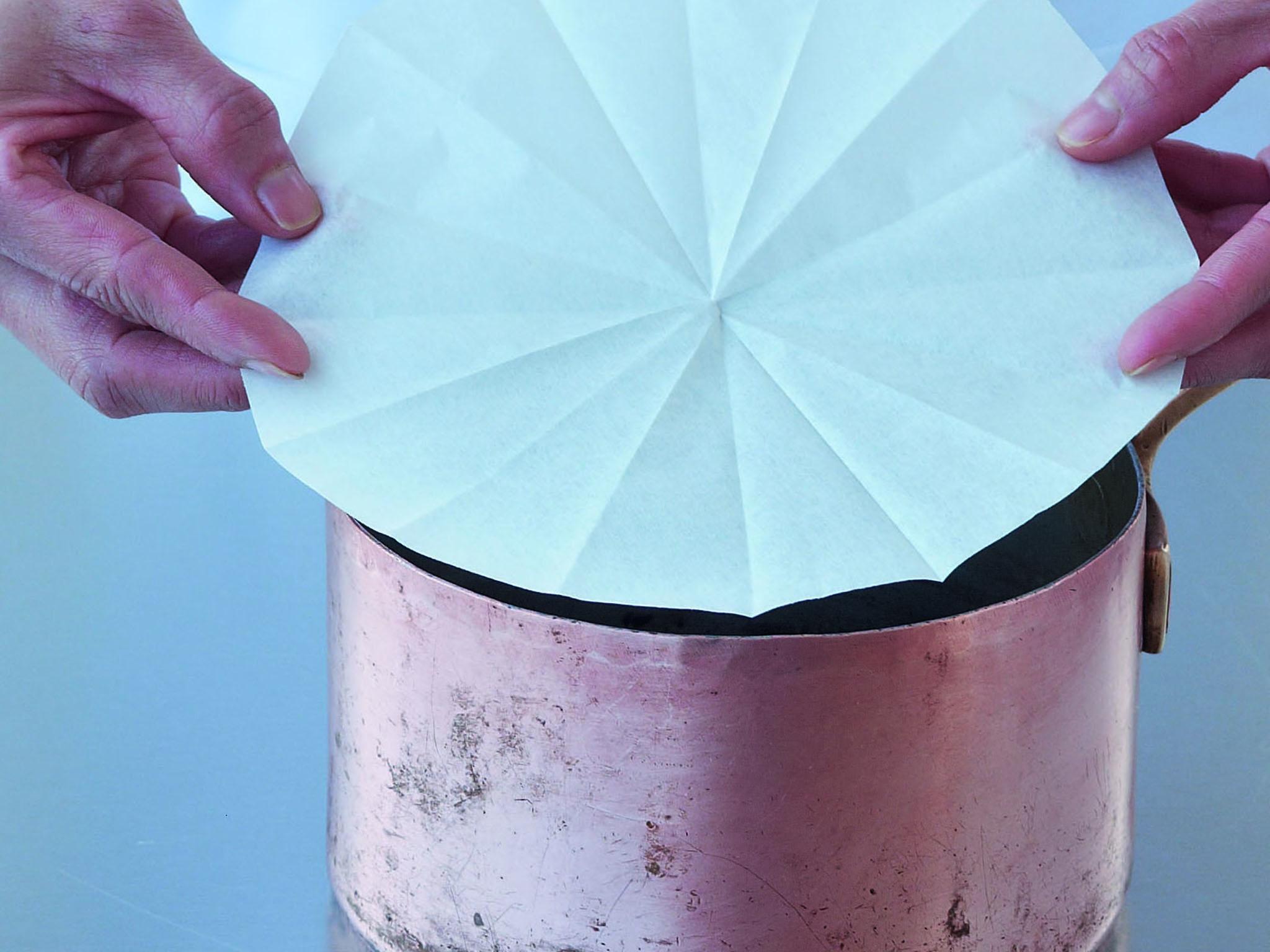
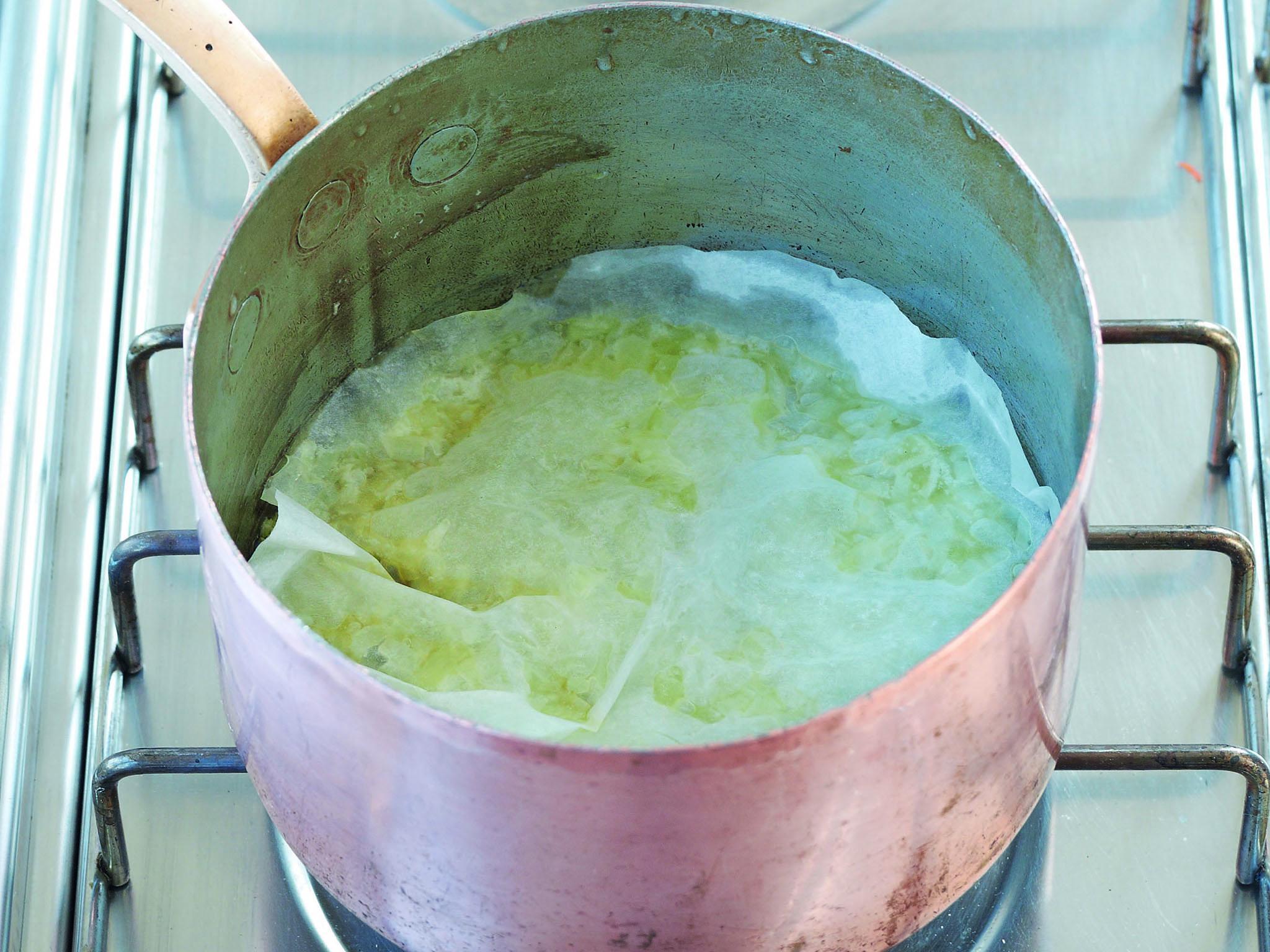
Sweating onions
This technique describes the cooking process of softening an onion and drawing out its natural sweetness without allowing it to take on any colour. The onions are gently sweated in a little oil or butter. Using a dampened cartouche helps the sweating process and seals in the juices.
1. In a suitably sized saucepan, melt a nut of butter or a little oil. Put the onions in the saucepan and place a dampened cartouche on the surface, in contact with the onions. Cover with a tight-fitting lid, place over a very gentle heat and allow the onions to ‘sweat’.
2. Check the onions occasionally, especially if a lot of steam is escaping. If the cartouche is dry, re-dampen it and return it to cover the onions. If any onions have browned on the bottom of the pan, don’t stir them in. Discard them and use a clean saucepan to continue sweating.
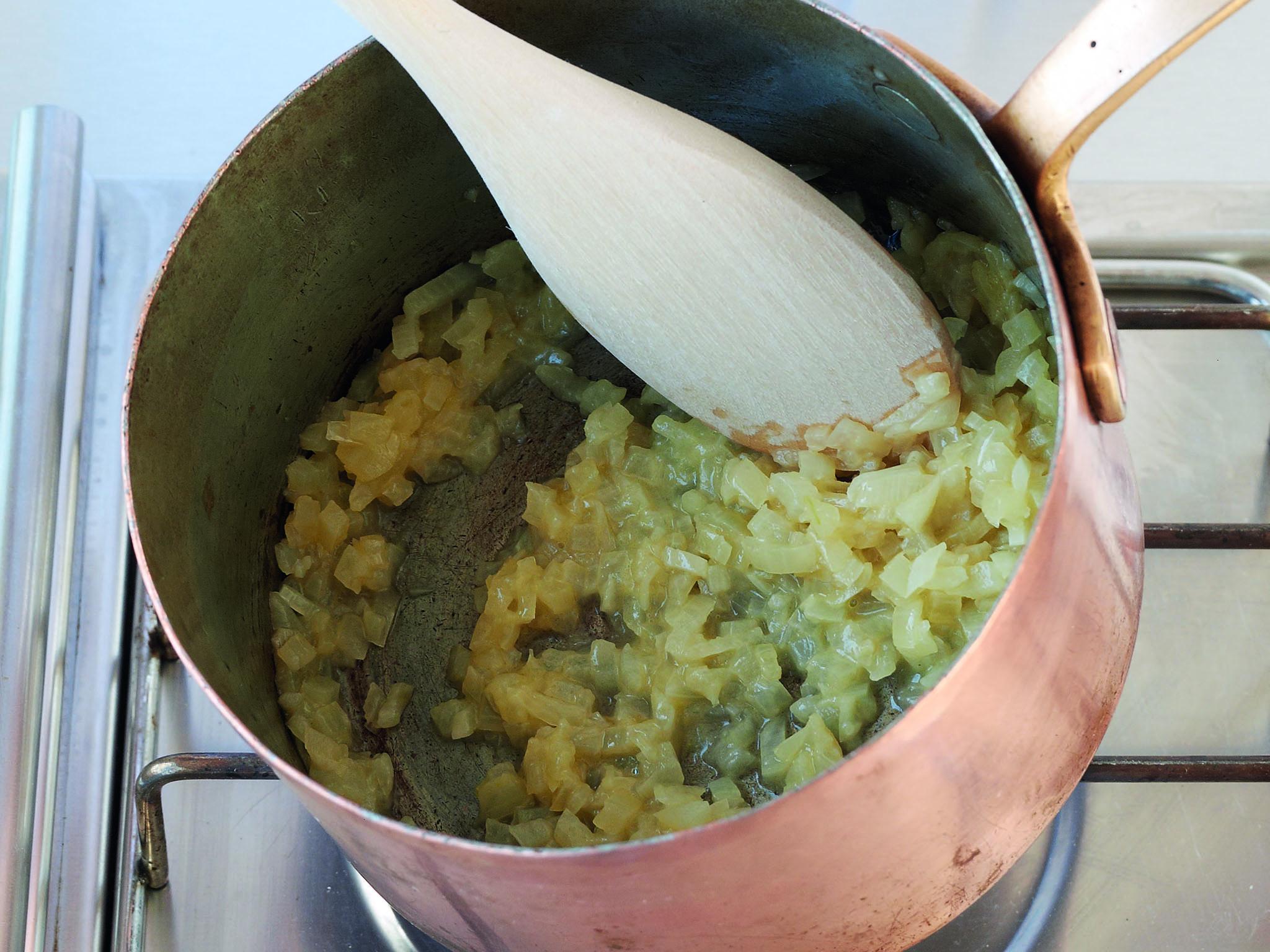
Carrots
This versatile root adds sweetness to stocks and stews; is steamed, sautéed or roasted as a side dish; or served raw grated in salads. Carrots work well with parsley and thyme, and aromatic spices such as cumin, coriander and cinnamon. Choose firm, unblemished carrots.
Blocking Carrots
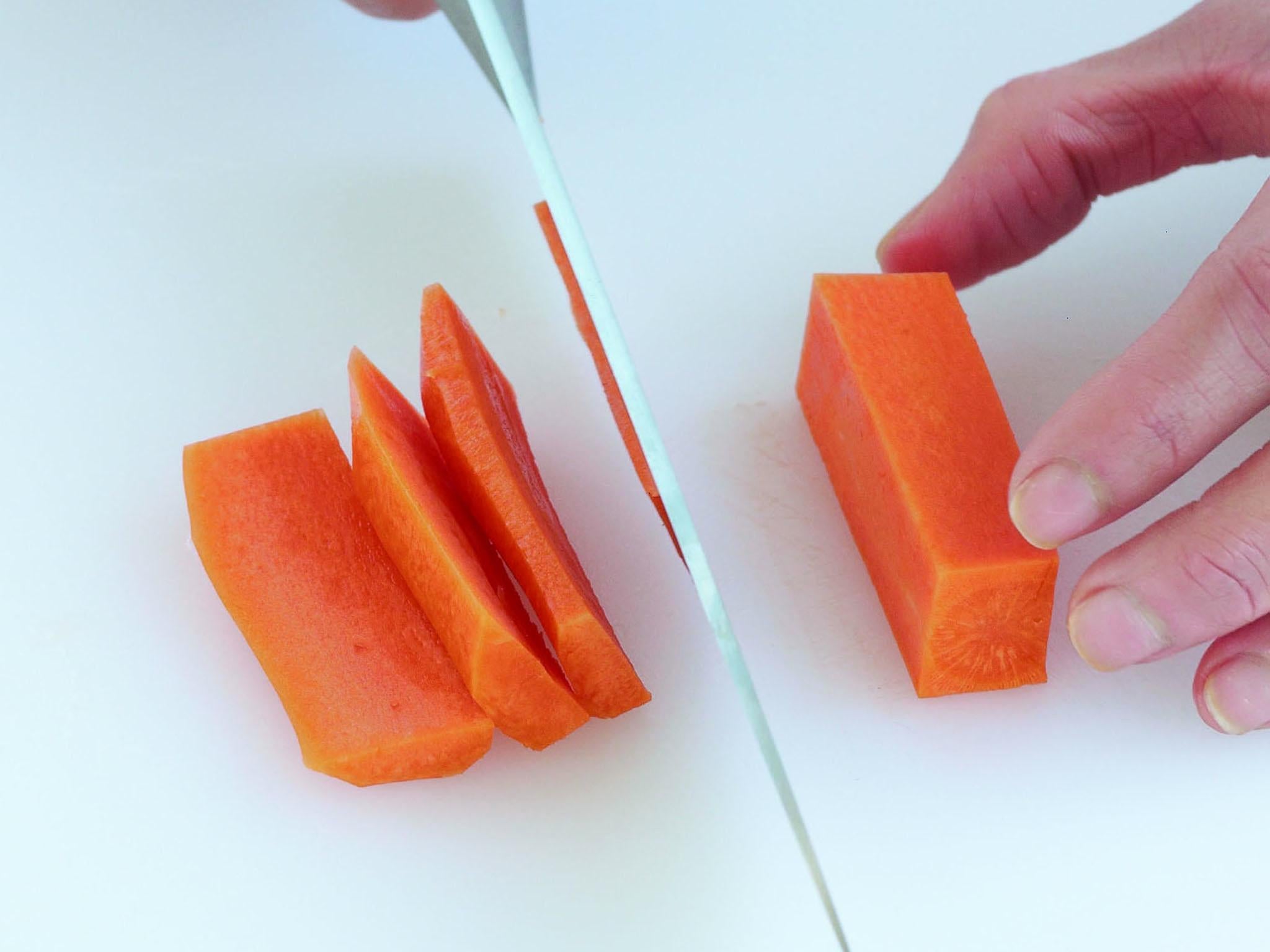
Batons
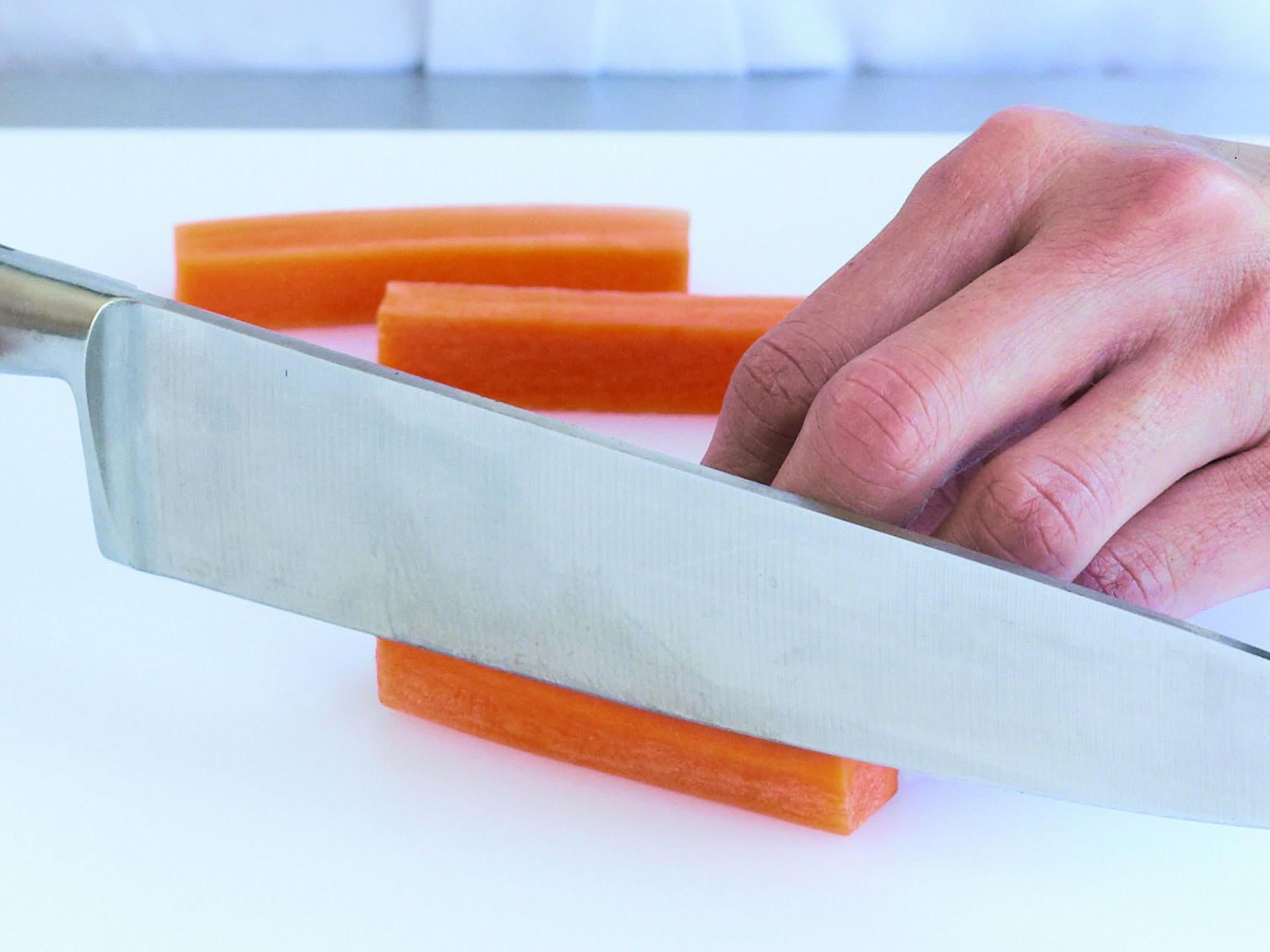
Julienne
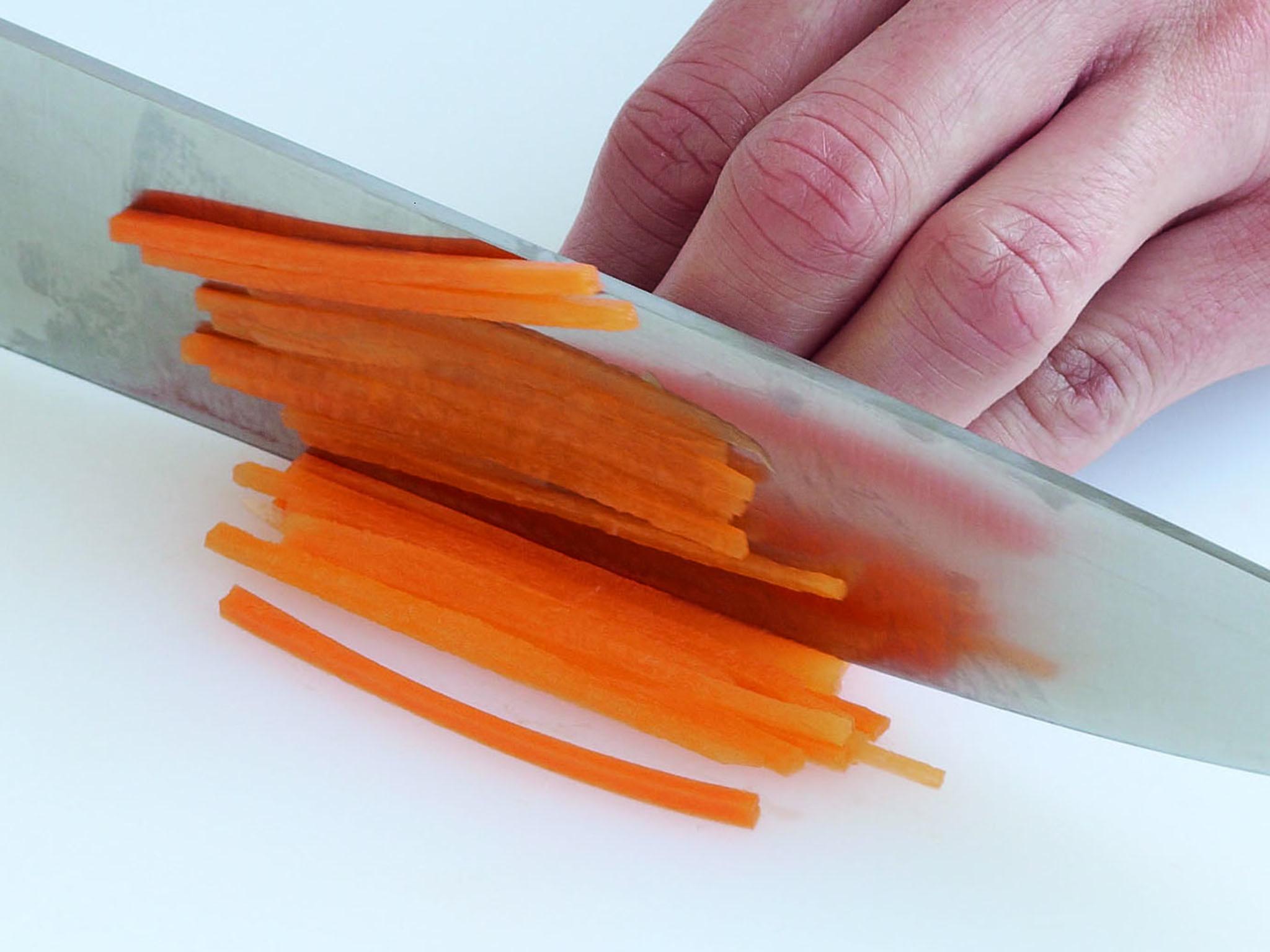
Dice and brunoise
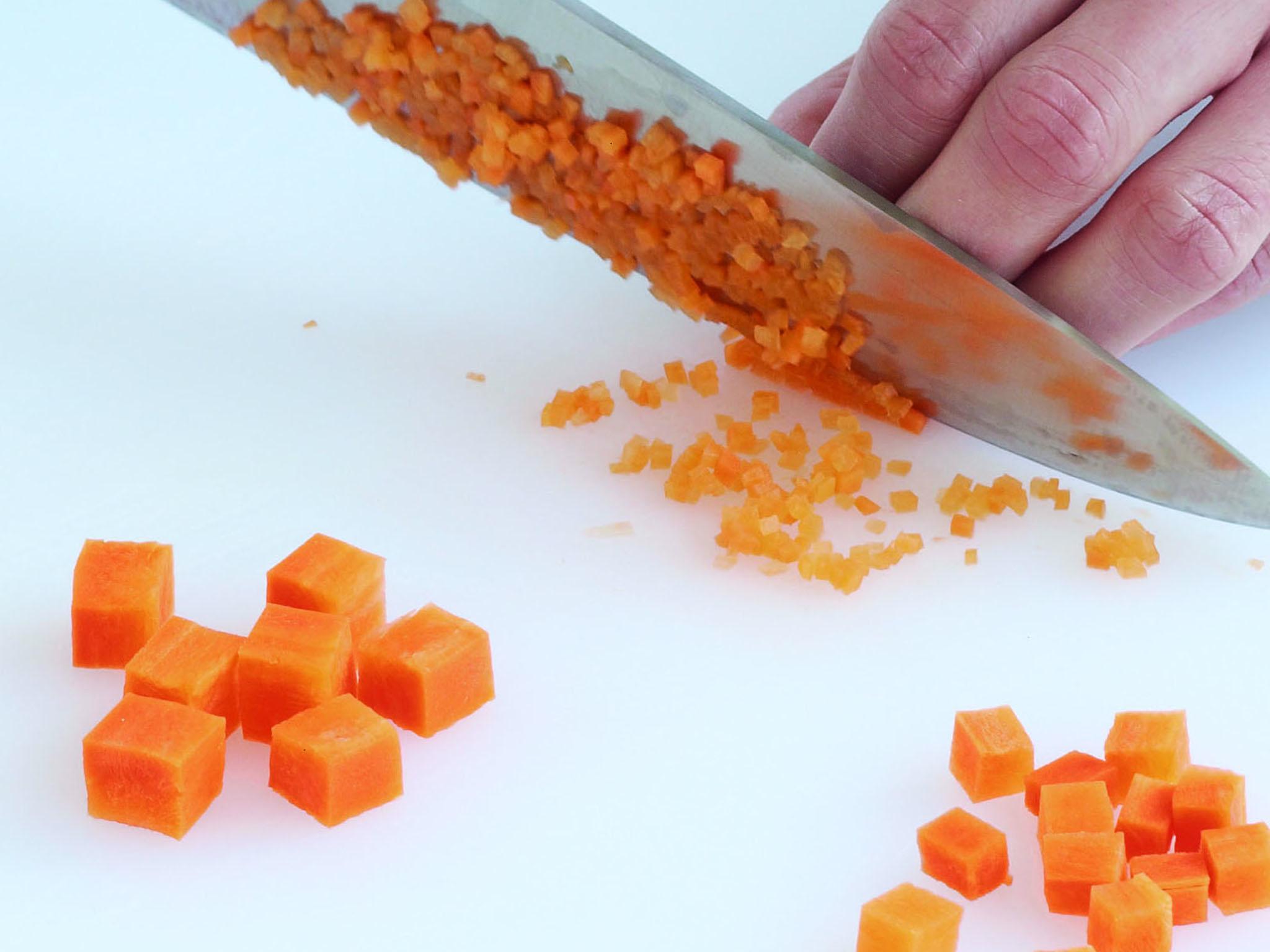
Leiths How to Cook by Leiths School of Food and Wine (Quadrille), £30
To learn these and other essential skills, visit leiths.com/how-tos and for more hands on cookery classes with the Leiths chefs, go to leiths.com

Join our commenting forum
Join thought-provoking conversations, follow other Independent readers and see their replies
Comments